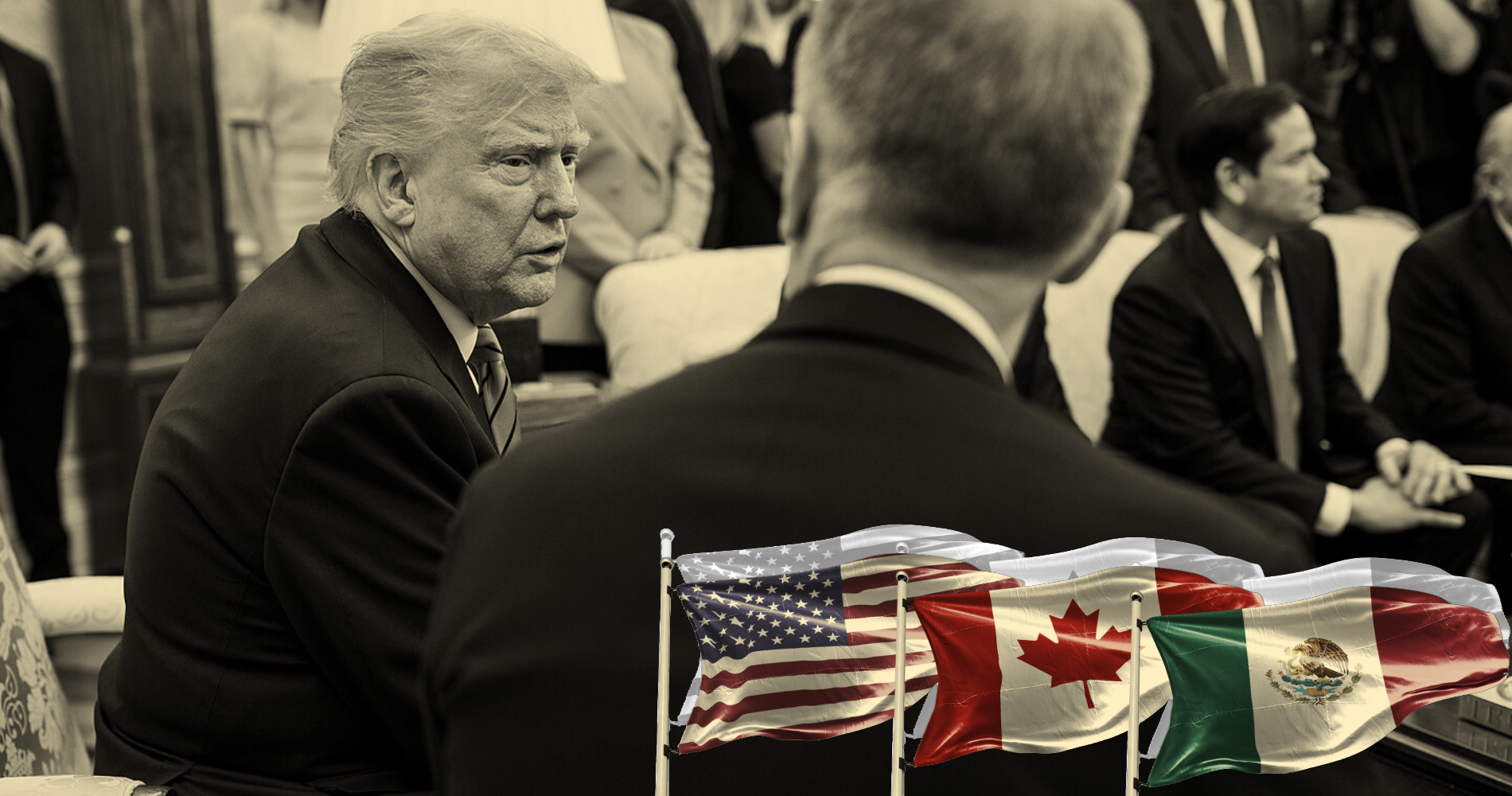Budget 2014 contains some new information about how the province intends to pay for all of the ponies BC children have been promised from LNG riches. Alas, there is not much there – a three page text box that mostly restates the hype on LNG – and from what has been revealed it looks a whole lot like the “competitiveness” of the industry (read: low taxes, few regulations) will trump achieving lasting benefits for British Columbians.
Here’s the pertinent information about the proposed LNG Income Tax from the budget (pp 51-53):
The LNG Income Tax will be a two-tier income tax with a Tier 1 tax rate of 1.5 per cent and a Tier 2 tax rate of up to 7 per cent (final rate to be determined and confirmed in legislation) … A description of how the two tiers will operate is as follows:
- The Tier 1 tax rate of 1.5 per cent applies to an operator’s net proceeds (revenue less expenses) after commercial production begins. The amount of the Tier 1 tax rate that has been paid can be deducted from the Tier 2 tax.
- Net income for purposes of the Tier 2 tax will be net proceeds less up to 100 per cent of the capital investment account (as described below). As such, the Tier 2 tax rate is not effective until the capital investment account is depleted. The costs associated with constructing an LNG facility will form the basis of the capital investment account.
The budget discussion uses an illustrative example of a 12 million tonne of LNG per year facility. This works out to 576,000,000 mcf (thousand cubic feet) of gas. Now, to get LNG to market in Asia, the break-even cost is estimated to be about $9-10 per mcf. The hopes of the BC government rest on getting $16 per mcf — this $6 price margin is the unstated assumption in the Budget text box. At $16, the Tier 1 works out to $52 million per year in BC government revenues, which is consistent with Chart 2 on page 52 (even though the chart is just supposed to be an illustration). At that price, it takes about three years to pay off the $10 billion price tag for a new facility.
Starting in year 4, the Tier 2 tax would kick in (assuming it is the full 7% stated as the top end), which would raise $242 million (there is something odd and unexplained happening in year 4 of the Chart 2 but these numbers are otherwise consistent with it). However, the catch is that the company would be able to deduct past Tier 1 tax paid (that $52 million times three years). So in years 4 and 5, BC would net ($484 million less $156 million), or $328 million over two years. Thereafter the full $242 million per year would come in to provincial coffers.
My back of the envelope (no discounting and assuming the same margin over the life of the LNG plant)looks like this: BC would get about $6.3 billion in LNG income tax over 30 years of operation for a 12 Mt facility. That’s just one facility, and the BC government is hopeful for about five; if so, this would raise about $30 billion (assuming they are the same size as the illustration). That’s a lot of money, but much less that the $100 billion promised by Premier Clark, and less than half of the $65 billion in total provincial debt that LNG is supposed to pay off. Maybe I’m missing something that has not been announced — regular corporate income taxes that would also be applied to the industry or upstream natural gas royalties — much of this remains clear as mud.
Here is the bigger problem: it is very unlikely that BC will be able to get the high end price of $16 currently seen in Japan. The case of Japan is unique, as a country that switched off its nuclear capacity after the Fukushima disaster. Much of its energy gap has been filled by LNG, pushing pre-Fukushima prices of about $10 up to the $16 that has BC officials salivating. Japan is likely to restore the vast majority of its nuclear capacity pending regulatory reviews. And if (when) they do, the bottom drops out of world LNG markets, because Japan buys about one-third of the total supply. This cuts right to why BC has had such a hard time landing final investment decisions for LNG.
Like the herd mentality that drove North American prices way down due to innovations in shale gas fracking and horizontal drilling, the same herd is now looking to Asia. Already, capacity under construction and in the design and engineering stage would double LNG supply once they come on-line. And BC is among others who, combined, would almost double the supply again. That supply-demand mix means Japan, Korea and China will be able to negotiate prices much lower than $16, perhaps closer to $12. And at $12, the revenues coming to BC would only be about one-third ($80 million per year and $2 billion over 30 years for one 12 Mt plant) of what is presented in the Budget text box.
Bottom line: BC’s LNG is expensive, with greenfield construction of liquefaction plants, new pipeline(s), shipping terminals and capacity. Other new capacity is brownfield, i.e. adding capacity to existing sites or conversion from import facilities to export ones. It is those plants that will have better luck scoring profitable deals in Asia due to better economics. While China and other potential Asian customers have growing energy demand, they want cheap energy, and that means coal, which is much cheaper than LNG.
So for all the talk about LNG, we still have more hype than hope in BC.


